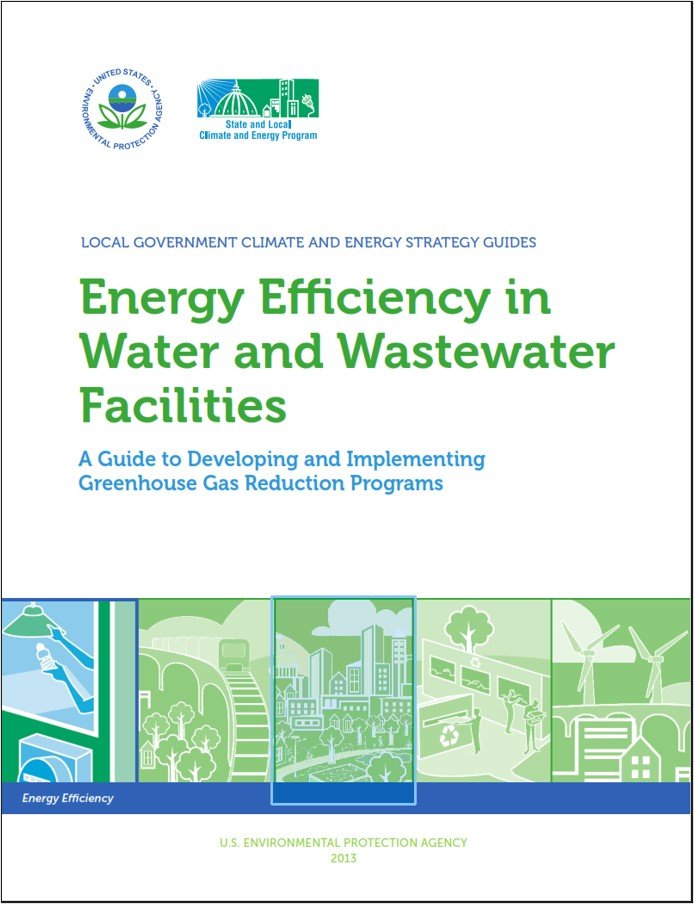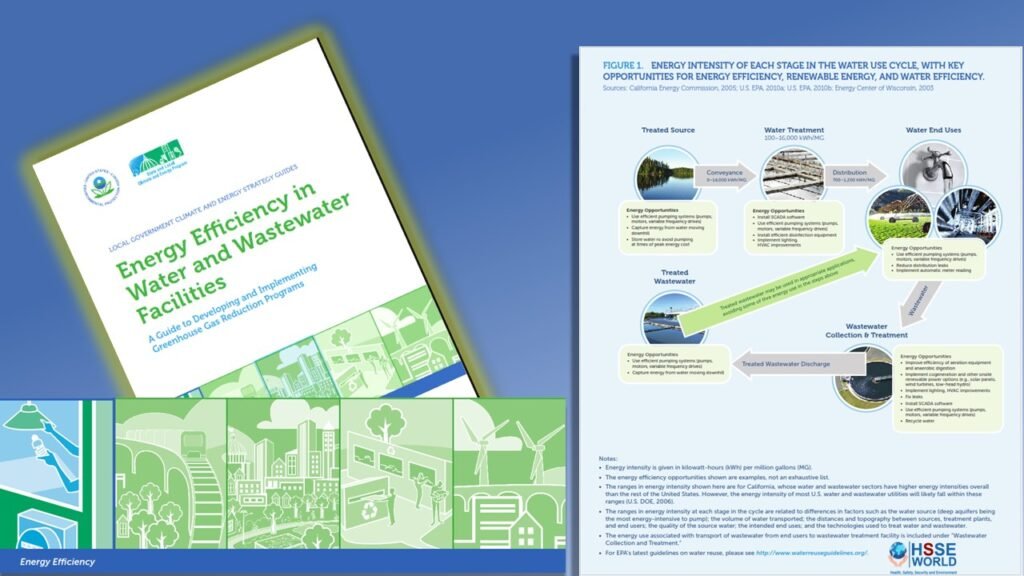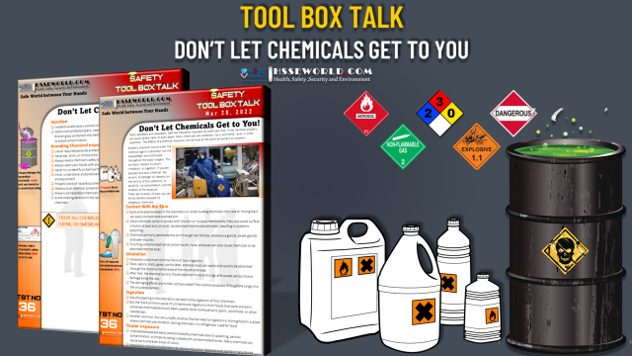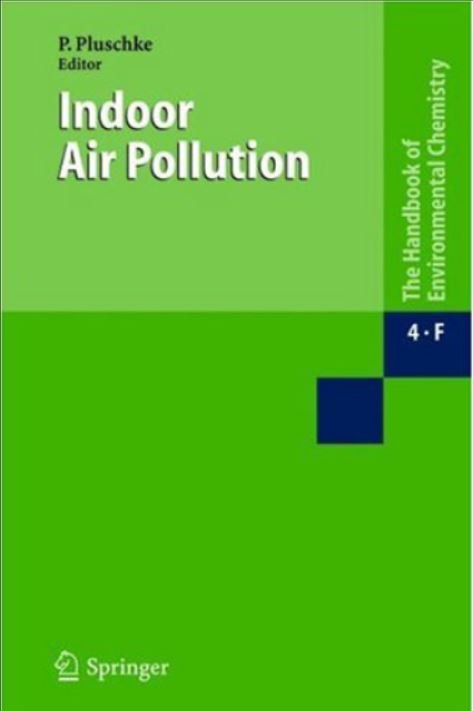
Energy Efficiency in Water and Wastewater Facilities is a Guide to Developing and Implementing Greenhouse Gas Reduction Programs
Developing and Implementing Energy Efficiency Programs
Saving energy through energy efficiency improvements can cost less than generating, transmitting, and distributing energy from power plants, and provides multiple economic and environmental benefits. Energy savings can reduce operating costs for local governments, freeing up resources for additional investments in energy efficiency and other priorities. Energy efficiency can also help reduce air pollution and GHG emissions, improve energy security and independence, and create jobs.
Local governments can promote energy efficiency in their jurisdictions by improving the efficiency of municipal facilities and operations and encouraging energy efficiency improvements in their residential, commercial, and industrial sectors. The energy efficiency guides in this series describe the process of developing and implementing strategies, using real-world examples, for improving energy efficiency in local government operations (see the guides on local government operations, energy efficiency in K–12 schools, energy-efficient product procurement, and combined heat and power) as well as in the community.
Energy Efficiency in Water and Wastewater Facilities
This guide describes how water and wastewater facilities can lead by example and achieve multiple benefits by improving the energy efficiency of their new, existing, and renovated buildings and their day-to-day operations. It is designed to be used by facility managers, energy and environment staff, local government officials, and mayors and city councils.
Readers of the guide should come away with an understanding of options to improve the energy efficiency of water and wastewater facilities. Readers should also understand the steps and considerations involved in developing and implementing these energy efficiency improvements, as well as an awareness of expected investment and funding opportunities.
Also Read: E-Books: Occupational Safety and Health Simplified for the Chemical Industry

The guide describes the benefits of energy efficiency in water and wastewater facilities (Section 2); a step-by-step approach to improving energy efficiency in new and existing water and wastewater facilities (Section 3); key participants and their roles (Section 4); the policy mechanisms that facilities have used to support energy efficiency programs in their operations (Section 5); implementation strategies for effective programs (Section 6); investment and financing opportunities (Section 7); federal, state, and other programs that may be able to help water and wastewater facilities with information or financial and technical assistance (Section 8); and finally two case studies of water or wastewater facilities that have successfully improved energy efficiency in their operations (Section 9).
Additional examples of successful implementation are provided throughout the guide.
Also Read: Comprehensive Emergency Management
Relationships to Other Guides in the Series
Local governments can use other guides in this series to develop robust climate and energy programs that incorporate complementary strategies. For example, local governments can combine efforts to improve energy efficiency in water and wastewater facilities with energy efficiency in local government operations, smart growth strategies, combined heat and power systems, landfill gas energy, and on-site renewable energy generation to help achieve additional economic, environmental, and social benefits.
See the box on page v for more information about these complementary strategies. Additional connections to related strategies are highlighted in the guide.
Energy Efficiency in Water and Wastewater Facilities
Overview
Energy use can account for as much as 10 percent of a local government’s annual operating budget (U.S. DOE, 2005a). A significant amount of this municipal energy use occurs at water and wastewater treatment facilities. With pumps, motors, and other equipment operating 24 hours a day, seven days a week, water and waste-water facilities can be among the largest consumers of energy in a community—and thus among the largest contributors to the community’s total GHG emissions. Nationally, the energy used by water and wastewater utilities accounts for 35 percent of typical U.S. municipal energy budgets (NYSERDA, 2008). Electricity use accounts for 25–40 percent of the operating budgets for wastewater utilities and approximately 80 percent of drinking water processing and distribution costs (NYSERDA, 2008). Drinking water and wastewater systems account for approximately 3–4 percent of energy use in the United States, resulting in the emissions of more than 45 million tons of GHGs annually (U.S. EPA, 2012b).
These economic and environmental costs can be reduced by improving the energy efficiency of water and wastewater facilities’ equipment and operations, by promoting the efficient use of water (see text box on this page), and by capturing the energy in wastewater to generate electricity and heat. Improvements in energy efficiency allow the same work to be done with less energy; improvements in water use efficiency reduce demand for water, which in turn reduces the amount of energy required to treat and distribute water. Capturing the energy in wastewater by burning biogas from anaerobic digesters in a combined heat and power system allows wastewater facilities to produce some or all of their own electricity and space heating, turning them into “net zero” consumers of energy.
Also Read: Common Scenarios to Be Prepared For Emergency Response Situations
Contents
The content of Energy Efficiency in Water and Wastewater Facilities
- Executive Summary
- Overview 1
- Benefits of Improving Energy Efficiency in Water and Wastewater Facilities
- Planning and Implementation Approaches
- Key Participants
- Foundations for Program Development
- Investment and Financing Opportunities
- Federal, State, and Other Program
- Case Studies
- Additional Examples and Information Resources 36
- References
Also Read: RCRA Hazardous Waste Final Rule: The E-Manifest System & Other Key Revisions
You can Download Other safety Resources at https://safetybagresources.com/
Download the book
E-Books: Energy Efficiency in Water and Wastewater Facilities
More Downloads
- E-Books: Healthcare Hazard Control & Safety Management
- E-Books: Safety, Health and Working Conditions Training Manual
- E-Books: Energy Efficiency in Water and Wastewater Facilities
- E-Books: Fire Service Features of Buildings and Fire Protection Systems
- E-Books: Evaluation of Fire Safety free download
- E-Books: PPE for Chemical, Biological, and Radiological Hazards free
- E-Books: Changing the Workplace Safety Culture free download
- E-Books: Site Emergency Planning Workbook
- E-Books: Load Restraint Guide
- E-Books: Essential Practices for Creating, Strengthening, and Sustaining Process Safety Culture
- E-Books: System Safety Engineering and Risk Assessment
- E-Books: Permit-Required Confined Spaces
- E-Books: Is it Safe to Enter Confined Space?
- E-Books: 5-Minute Workplace Safety Talks
- E-Books: Safety Culture and High-Risk Environments
- E-Books: Practical Guide to Industrial Safety
- E-Books: Slip, Trip, and Fall Prevention for Healthcare Workers
- E-Books: Health and Safety at Work Key Terms
- E-Books: Fundamentals of Process Safety Engineering
- E-Books: Gas Detection Hand Book
- E-Books: Occupational health and safety management systems ANSI-AIHA-z10-2012
- E-Books: Hot Work on Drums and Tanks
- E-Books: Human Fatigue Risk Management
- E-Books: Guidelines for the provision of facilities and general safety in the construction industry
- E-Books: Handbook of Training in Mine Rescue and Recovery Operations ( 2021)
- E-Books: Code of Practice for the Safe Use of Lifting Equipment – Edition 9 (Nov 2019)
- E-Books: Free Forklift Health and Safety Best Practices Guideline
- E-Books: Handbook of Hazardous Chemical Properties
- E-Books: Human Performance Improvement through Human Error Prevention
- E-Books: Principles Of Fire Risk Assessment In Buildings
- E-Books: Investigation of Occupational Accidents and Diseases
- E-Books: Radiation Protection and Safety in Industrial Radiography
- E-Books: Basic Guide to System Safety, Third Edition
- E-Books: Food Safety Management-A Practical Guide for the Food Industry
- E-Books: Safety identification: Escape and evacuation plan signs- ISO 23601
- E-Books: Safety at Work
- E-Books: The Safety-Critical Systems Handbook 4th edition
- E-Books: Fundamental principles of occupational health and safety
- E-Books: Fire Safety Risk assessment Guide – Sleeping Accommodation
- E-Books: Mental health at work series
- E-Books: Live Fire Training: Principles and Practice
- E-Books: Pre-Startup Safety Review Guide
- E-Books: Fire and Emergency Drill Manual and Building Inspection Guide
- E-Books: Health and Safety: Risk Management 5th edition
- E-Books: Fire Protection systems -Third edition 2021
- E-Books: Fire Safety Logbook templates
- E-Books: From Accidents to Zero
- E-Books: Electric Safety Practice and Standards
- Your steps to chemical safety
- E-Books: Ergonomics and Psychology Developments in Theory and Practice
- E-Books: HAZOPS Should BE fun-The Stream-Based HAZOP
- E-Books: Safety Health and Environmental Auditing
- E-Books: A Quick Guide to Health and Safety
- E-Books: Occupational Ergonomics A Practical Approach
- E-Books: Job Hazard Analysis A Guide for Voluntary Compliance and Beyond
- E-Books: Electrical Safety of Low Voltage Systems




